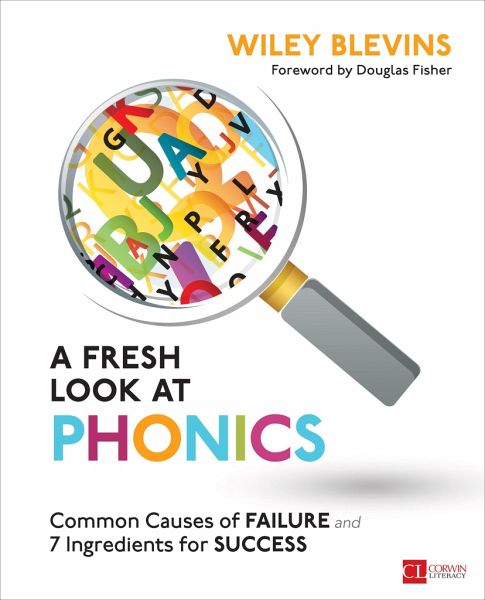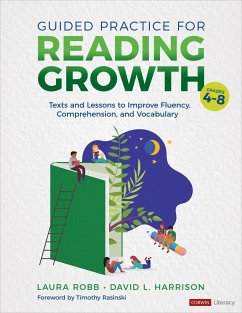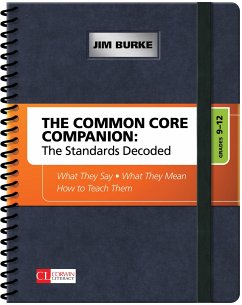
Wiley Blevins
Broschiertes Buch
A Fresh Look at Phonics, Grades K-2
Common Causes of Failure and 7 Ingredients for Success
Versandkostenfrei!
Versandfertig in 2-4 Wochen

PAYBACK Punkte
21 °P sammeln!




This book is a practical â how-toâ guide for effective phonics implementation by best-selling author Wiley Blevins.
Wiley Blevins, Ed.D., studied at the Harvard Graduate School of Education and Bowling Green State University. He is an author, educational consultant, and researcher, and has taught both in the United States and South America. Wiley has written over 17 books for teachers, including A Fresh Look at Phonics, Phonics From A to Z, Differentiating Phonics Instruction for Maximum Impact, and Choosing and Using Decodable Texts. He has authored several phonics and reading programs and wrote the phonics brief by the International Literacy Association (Meeting the Challenges of Early Literacy Phonics Instruction). Wiley¿s current focus is on adaptive technology, differentiated professional development, and children¿s literature. Wiley has written over 100 children¿s books and is SVP and Associate Publisher at Reycraft Books, a new imprint focused on publishing books by authors and illustrators from under-represented groups.
Produktdetails
- Corwin Literacy
- Verlag: SAGE Publications Inc
- Seitenzahl: 304
- Erscheinungstermin: 9. September 2016
- Englisch
- Abmessung: 190mm x 257mm x 22mm
- Gewicht: 562g
- ISBN-13: 9781506326887
- ISBN-10: 1506326889
- Artikelnr.: 45174524
Herstellerkennzeichnung
Libri GmbH
Europaallee 1
36244 Bad Hersfeld
gpsr@libri.de
Für dieses Produkt wurde noch keine Bewertung abgegeben. Wir würden uns sehr freuen, wenn du die erste Bewertung schreibst!
Eine Bewertung schreiben
Eine Bewertung schreiben
Andere Kunden interessierten sich für











